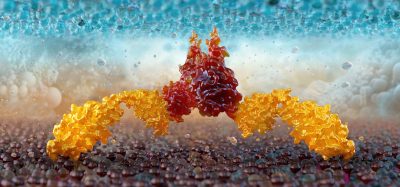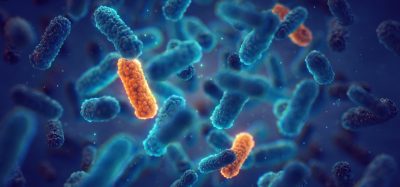Different cardiac reactions to stress hormone in mouse study
Posted: 25 January 2023 | Izzy Wood (Drug Target Review) | No comments yet
US researchers use new imaging technique to see cardiac reactions to noradrenaline, the ‘fight or flight’ hormone.


University of California Davis Health (UC Davis) researchers, US, have shown that female and male hearts have different cardiac reactions to the stress hormone noradrenaline.
The study in mice, published in Science Advances , may have implications for human heart disorders like arrhythmias and heart failure and how different sexes respond to medications.
The team built a new type of fluorescence imaging system that allowed them to use light to see how a mouse heart responds to hormones and neurotransmitters in real time. The mice were exposed to noradrenaline, also known as norepinephrine. Noradrenaline is both a neurotransmitter and hormone associated with the body’s “fight or flight” response.
The results reveal that male and female mouse hearts respond uniformly at first after exposure to noradrenaline. However, some areas of the female heart return to normal more quickly than the male heart, which produces differences in the heart’s electrical activity.
“The differences in electrical activity that we observed are called repolarization in the female hearts. Repolarization refers to how the heart resets between each heartbeat and is closely linked to some types of arrhythmias,” said Jessica L. Caldwell, first author of the study, postdoctoral scholar in the UC Davis School of Medicine Department of Pharmacology.
“We know that there are sex differences in the risk for certain types of arrhythmias. The study reveals a new factor that may contribute to different arrhythmia susceptibility between men and women,” Caldwell added.
The novel imaging system uses a mouse, called the CAMPER mouse, that has been genetically modified to emit light during a very specific chemical reaction in the heart — cAMP binding.
The cAMP molecule (an abbreviation of cyclic adenosine 3’,5;-monophosphate) is an intermediate messenger that turns signals from hormones and neurotransmitters, including noradrenaline, into action from heart cells.
The light signals from the CAMPER mouse are transmitted by a biosensor that uses fluorescence resonance energy transfer (FRET). This FRET signal can be picked up at high speed and high resolution by a new imaging system specially designed for hearts. This allows the researchers to record the heart’s reaction to noradrenaline in real time, along with changes in electrical activity.
This new imaging approach revealed the differences in the breakdown of cAMP in female and male mice and the associated differences in electrical activity.
The researchers started seeing a pattern of different reactions, which led them to realise the differences were sex-based.
“Sometimes the data between the two sexes is the same. But if the data start to show variation, the first thing we do is look at sex differences. Using both male and female mice has revealed clues into differences we would never have suspected. Researchers are realising you can’t extrapolate to both sexes from only studying one,” commented Crystal M. Ripplinger, senior author of the study, an electrical and biomedical engineer and professor in the Department of Pharmacology.
She notes that with the current study, it’s not clear what the differences in cAMP and electrical activity may mean.
“The response in the female mice may be protective — or it may not. But simply documenting that there is a measurable difference in the response to a stress hormone is significant. We are hoping to learn more in future studies,” Ripplinger said.
Related topics
Bioinformatics, Imaging, Targets
Related conditions
arrhythmias, Heart failure
Related organisations
University of California Davis Health (UC Davis)
Related people
Crystal M. Ripplinger, Jessica L. Caldwell








